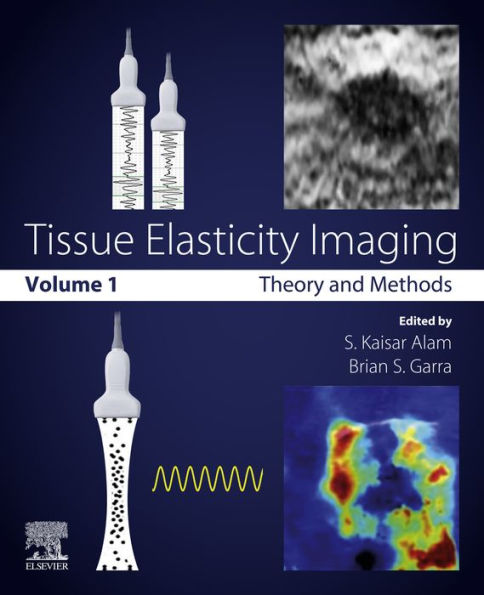5
1

Tissue Elasticity Imaging: Volume 1: Theory and Methods
258
Tissue Elasticity Imaging: Volume 1: Theory and Methods
258eBook
$75.49
$100.00
Save 25%
Current price is $75.49, Original price is $100. You Save 25%.
Related collections and offers
75.49
In Stock

Product Details
| ISBN-13: | 9780128096833 |
|---|---|
| Publisher: | Elsevier Science |
| Publication date: | 11/22/2019 |
| Sold by: | Barnes & Noble |
| Format: | eBook |
| Pages: | 258 |
| File size: | 40 MB |
| Note: | This product may take a few minutes to download. |
About the Author
What People are Saying About This
From the B&N Reads Blog
